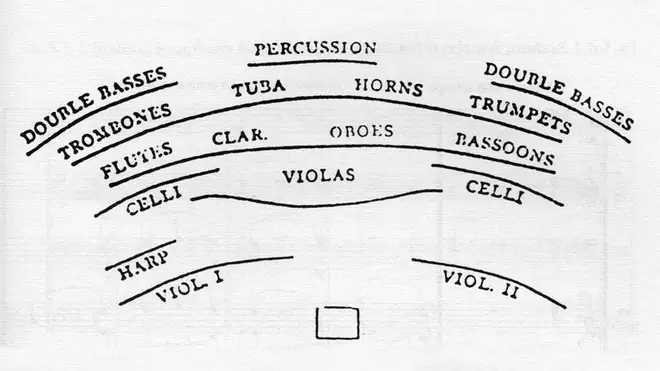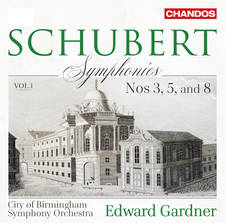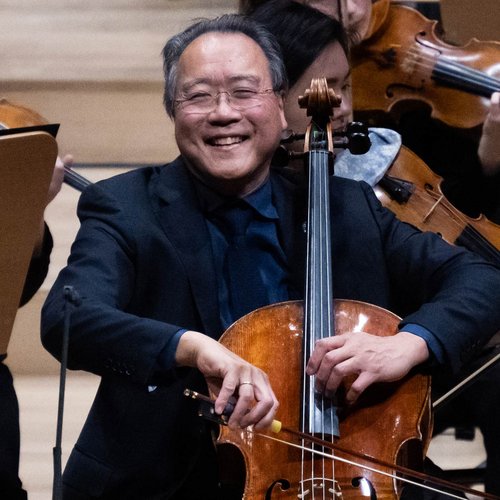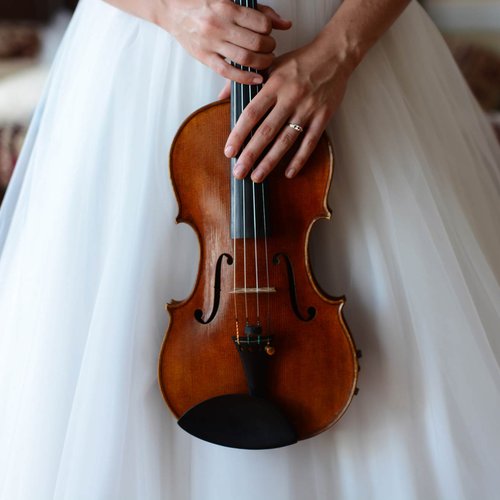This 19th-century American symphony orchestra seating chart is a world away from today’s layout
1 April 2022, 17:35 | Updated: 1 April 2022, 17:43

Are the double basses lost...?
Listen to this article
In 1881, the Boston Symphony Orchestra gave its debut season under the baton of conductor, and famed baritone, George Henschel.
Henschel was a close friend of the German composer, Johannes Brahms. For his new orchestra, Henschel devised some innovative orchestral seating charts for the opening season, which he sent on to Brahms.
According to the Oxford University Press’ book, Johannes Brahms: Life and Letters, the mid-Romantic composer wrote back to Henschel, approving of the layout.
So let’s take a closer look at the layout to understand why Henschel chose this unique seating arrangement for his new orchestra.
Read more: Why are orchestras arranged the way they are?
Encoring a favorite:
— Anthony Princiotti (@tonyprinciotti) March 30, 2022
I love old orchestra seating charts for what they say about previous concepts of sonic balance, venue logistics and social conventions. This setup for the Boston Symphony's 1881 season - its first - was supposedly recommended by Brahms. pic.twitter.com/u584MyMY71
When we think of the ‘traditional’ layout of an orchestra, we imagine strings at the front, followed by woodwind, then brass, and then percussion at the back.
Logically, this brings the quieter strings closer to the front, while placing the louder instruments further away from the audience, therefore balancing the sound.
In Henschel’s setup, the strings are split. Instead of keeping the entire section at the front, the conductor moves the double bass to the back – into the percussion area.
Meanwhile the harps, which can usually be found to the upper left of the stage, behind the violins, are now brought forward to sit between the violins and cellos.
QUIZ: Can you put the musical instrument in its correct place in the orchestra?

Henschel isn’t the only conductor to have drawn up innovative new orchestral layouts during the 19th century.
Across the Atlantic, the Société des Concerts in Paris were also experimenting with different formats, and had seating plans ranging from basses encircling the cellos, to trombones seated amongst the percussion.
The formats tend to differ based on the repertoire, and Brahms’ approval to Henschel on BSO’s seating plan probably related to the opening season’s repertoire.
Nowadays, most orchestras tend to stick to the standard setup, though some conductors still prefer to play musical chairs with their musicians. Why don’t you test your knowledge in this Classic FM quiz, to see just how well you know the on stage seating plan of an orchestra?









































